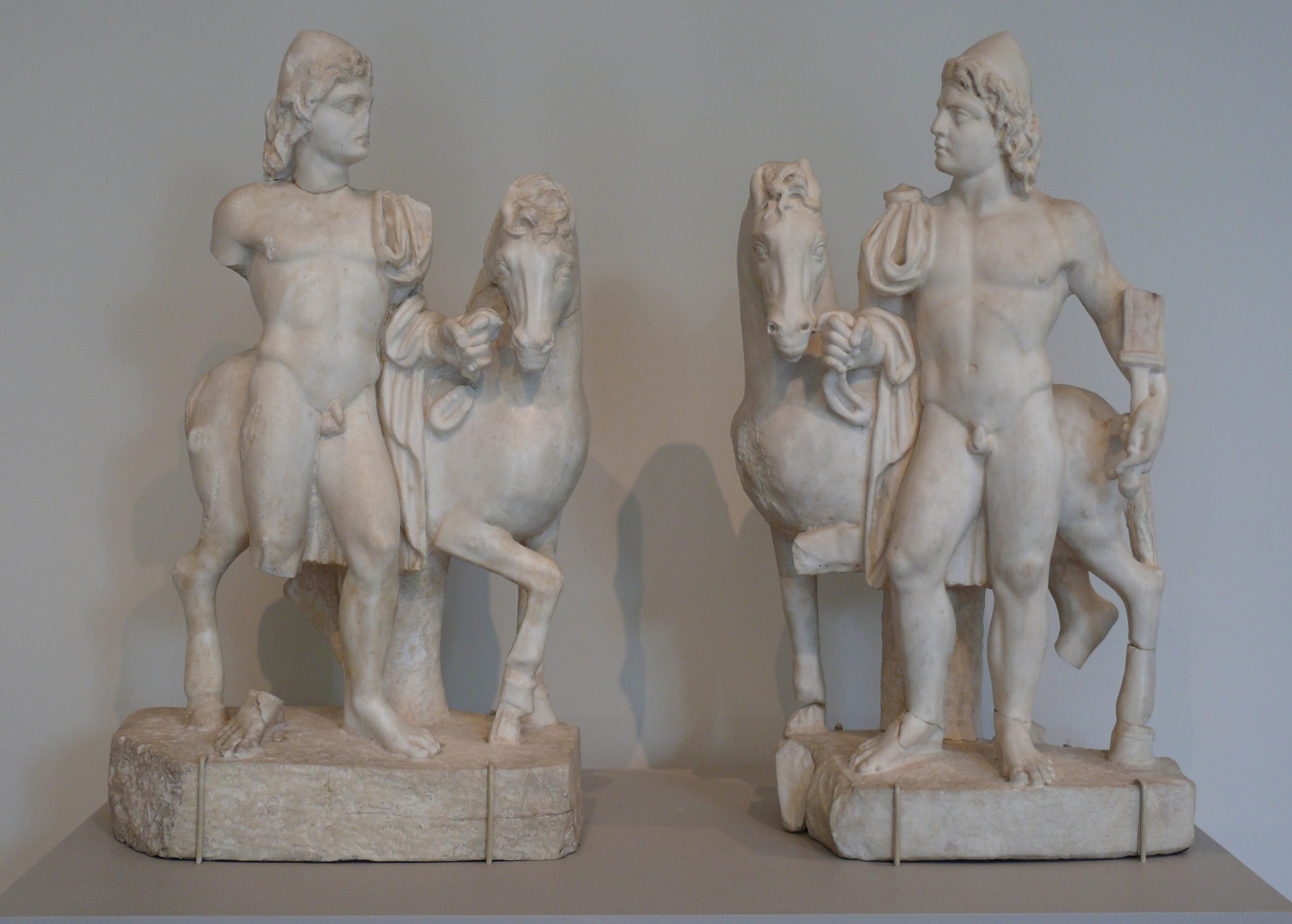
By most measures, the antiquities trafficking unit has been a resounding success since its launch by the Manhattan district attorney’s office in 2017. The unit has boldly pursued fraudulent antiques dealers, seized artifacts from major U.S. museums, and held dozens of repatriation ceremonies to celebrate its work.
In total, the unit has recovered more than 4,500 antiquities stolen from 30 countries with a value in excess of $410 million.
It’s most recent coup, however—the return to Lebanon of two 4th century C.E. marble statuettes—has prompted a Cambridge-based archaeologist to accuse the unit of misusing intellectual property and failing to provide proper accreditation.
Christos Tsirogiannis, a forensic archeologist and expert in how antiquities are looted and trafficked, claims the unit has been passing off his academic research as its own and has ignored multiple requests to credit him in official announcements. In an accusation first published in The Guardian, Tsirogiannis says he has been helping the unit to recover and repatriate ancient objects for the past five years pro bono.
Tsirogiannis said his patience ran out following the unit’s September 7 announcement concerning the statuettes, because it directly involved research from his 2012 PhD thesis. The research had been placed under restricted access by Cambridge University’s library until 2025 due to its sensitivity and the possibility of it being used by smugglers and traffickers.
Tsirogiannis said the district attorney had contacted him requesting help and in turn he has provided the photographs and documents uncovered while researching his thesis, which proved the statuettes had been looted.
“My aim was to tell the truth publicly, raise awareness regarding this behavior and protect my collegues in the future,” Tsirogiannis told Artnet News via email.
The statuettes in question are of Castor and Pollux, twin half-brothers from Greek mythology. In its press release, the antiquities trafficking unit said they had been looted from Aabbassiyeh in southern Lebanon before being trafficked by numerous dealers and ending up on a long-term loan at New York’s Metropolitan Museum of Art. They were seized in July 2022. Tsirogiannis said his research was pivotal in connecting antiquities dealers Robin Symes and Gianfranco Becchina to the case.
Tsirogiannis is a well-respected figure in the world of forgery detection and anti-trafficking. He heads Unesco’s illicit antiquities trafficking research and has identified more than 1,600 looted antiquities over the past two decades.
In 2022, his research showed a Greek vase and a Roman cavalry helmet had been looted and trafficked and prompted Christie’s to withdraw the lots from auction. Earlier this year he identified one of the 351 artefacts seized from Symes and set to be repatriated to Greece as a fake.
The Manhattan District Attorney’s Office did not provide comment to Artnet.
More Trending Stories: